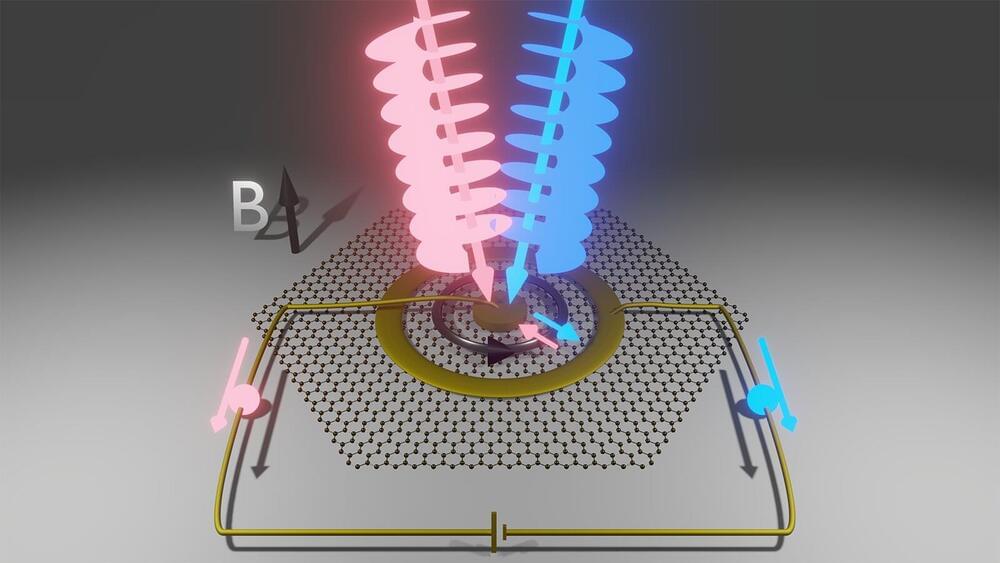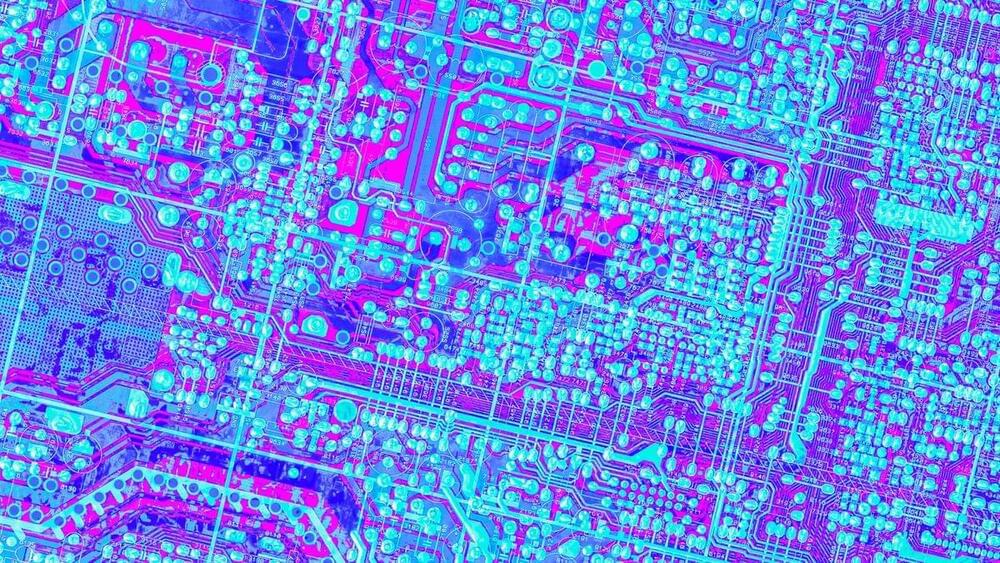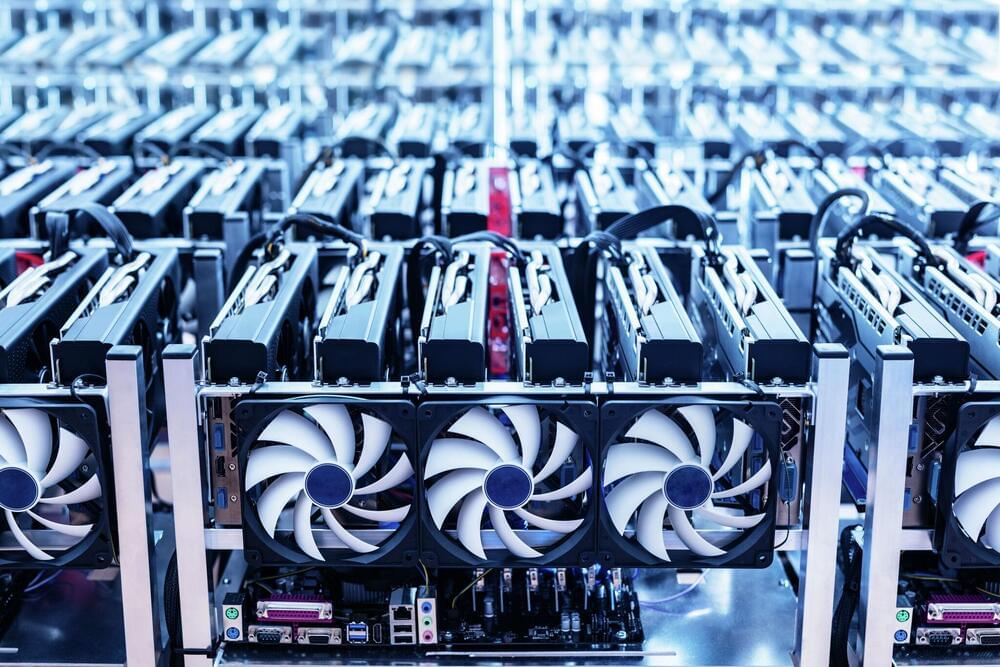To try everything Brilliant has to offer—free—for a full 30 days, visit https://brilliant.org/ArtemKirsanov. You’ll also get 20% off an annual premium subscription.
Socials:
X/Twitter: https://twitter.com/ArtemKRSV
Patreon: / artemkirsanov.
My name is Artem, I’m a graduate student at NYU Center for Neural Science and researcher at Flatiron Institute (Center for Computational Neuroscience).
In this video, we explore the Nobel Prize-winning Hodgkin-Huxley model, the foundational equation of computational neuroscience that reveals how neurons generate electrical signals. We break down the biophysical principles of neural computation, from membrane voltage to ion channels, showing how mathematical equations capture the elegant dance of charged particles that enables information processing.
Outline:
00:00 Introduction.
01:28 Membrane Voltage.
04:56 Action Potential Overview.
6:24 Equilibrium potential and driving force.
10:11 Voltage-dependent conductance.
16:50 Review.
20:09 Limitations \& Outlook.
21:21 Sponsor: Brilliant.org.
22:44 Outro.




